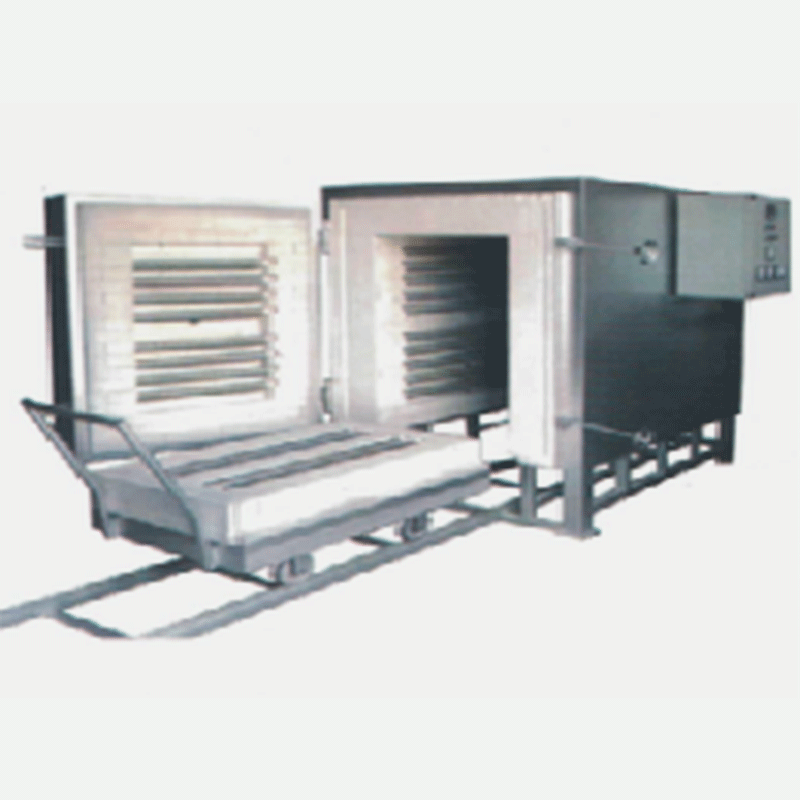Brief analysis of factors affecting the performance and quality of refractory materials
The performance quality of refractory materials is affected by factors such as purpose, sintering temperature, raw materials, manufacturing process, and usage conditions.

1. The influence of the use of refractory materials on performance quality
The use of refractory materials refers to the environment and working conditions in which they are used, such as high temperature or room temperature, whether the humidity is high, etc. Different refractory materials have different uses, so the performance quality requirements of refractory materials are also different. For example, refractory materials used at high temperatures require good high temperature resistance, strong oxidation resistance, and are not easy to melt. Refractory materials used at room temperature need to have wind erosion resistance and impact resistance.
2. The influence of sintering temperature on performance quality
The sintering temperature of refractory materials will also affect their performance quality. Sintering temperatures that are too high or too low will affect the density and organizational structure of the material, thereby affecting its refractory performance. Excessively high sintering temperatures will cause grain growth, and are prone to cracking and uneven quality. If the sintering temperature is too low, it is easy to make the material and not dense, affecting its mechanical properties and refractory properties.
3. The influence of raw materials on performance quality
The raw materials of refractory materials also have a great influence on their performance quality. The type, quality, and doping of raw materials will affect the performance quality of refractory materials. For example, as refractory materials, silicate materials and carbonaceous materials have great performance differences because their raw materials are different.
4. The impact of manufacturing process on performance quality
The manufacturing process of refractory materials will also affect their performance quality. The steps of drying, molding, pressing, etc. in the manufacturing process affect the density and organizational structure of the material. Reasonable manufacturing process can make the quality of refractory materials more uniform and easier to control its performance characteristics such as hardness and density.
5. The impact of use conditions on performance quality
The use conditions of refractory materials also have a great impact on their performance quality. Use conditions include use temperature, use time, environmental atmosphere, stress, etc. If the use conditions are unreasonable, it is easy to cause the destruction of refractory materials and the reduction of performance quality.
In summary, the performance quality of refractory materials is affected by many factors. When selecting refractory materials, users need to comprehensively consider and evaluate factors such as their use and manufacturing process to obtain the refractory materials that best suit their use conditions.
Application:
1. X-rays are used for element analysis. It is a new analytical technology, but after more than 20 years of exploration, it is now fully mature and has become a widely used in metallurgy, geology, nonferrous metals, building materials, commodity inspection, environmental protection, health and other fields.
2. The intensity of the characteristic X-rays of each element is related to the energy and intensity of the excitation source, as well as the content of this element in the sample.
3. According to the intensity of the characteristic X-rays of each element, the content information of each element can also be obtained. This is the basic principle of X-ray fluorescence analysis.
Advantages:
1. High analysis speed. The measurement time is related to the measurement precision, but it is generally very short. All the elements to be measured in the sample can be measured in 2 to 5 minutes.
2. X-ray fluorescence spectrum has nothing to do with the chemical bonding state of the sample, and has basically nothing to do with the state of solid, powder, liquid, crystalline, amorphous and other substances. (Gas can also be analyzed when sealed in a container) However, in high-resolution precision measurements, wavelength changes and other phenomena can be seen. Especially in the ultra-soft X-ray range, this effect is more significant. Wavelength changes are used to determine chemical potential.
3. Non-destructive analysis. The measurement will not cause changes in the chemical state, nor will the sample fly away. The same sample can be measured repeatedly and the results are reproducible.
4. X-ray fluorescence analysis is a physical analysis method, so elements belonging to the same family in chemical properties can also be analyzed.
5. High analytical precision.
6. Simple sample preparation, solid, powder, liquid samples, etc. can be analyzed.
Disadvantages:
1. It is difficult to make absolute analysis, so quantitative analysis requires standard samples.
2. The sensitivity to light elements is lower.
3. It is easily affected by mutual element interference and superposition peaks.
Recommended Products
Hot News
-
The trusted choice of African mining giants! Nanyang JZJ Testing injects refined "core power" into Zimbabwe's gold mining industry.
2025-12-08
-
Working principle and application range of ambient temperature abrasion tester
2025-11-07
-
The main reagents used in fire assay and their functions
2025-10-13
-
Let you know about fire assay ash blowing furnace
2025-09-23
-
Refractoriness under load (RUL) and creep in compression (CIC) testing machine common troubleshooting
2025-08-25
-
How to use X-ray fluorescence fusion machine in refractory industry?
2025-08-18
-
What materials are suitable for high temperature muffle furnace testing?
2025-08-14
-
Working together to create a better future: Indian partner Ants Prosys visits JZJ Testing's production base
2025-08-04
-
Automatic mold melting machine - innovative equipment to improve experimental efficiency
2025-07-22
-
Operation method and precautions of high temperature expansion instrument
2025-07-14

 EN
EN
 AR
AR
 BG
BG
 FR
FR
 DE
DE
 HI
HI
 IT
IT
 PL
PL
 PT
PT
 RU
RU
 ES
ES
 TL
TL
 IW
IW
 ID
ID
 UK
UK
 VI
VI
 TH
TH
 TR
TR
 FA
FA
 MS
MS
 UR
UR
 BN
BN
 KM
KM
 LO
LO
 PA
PA
 MY
MY
 KK
KK






















